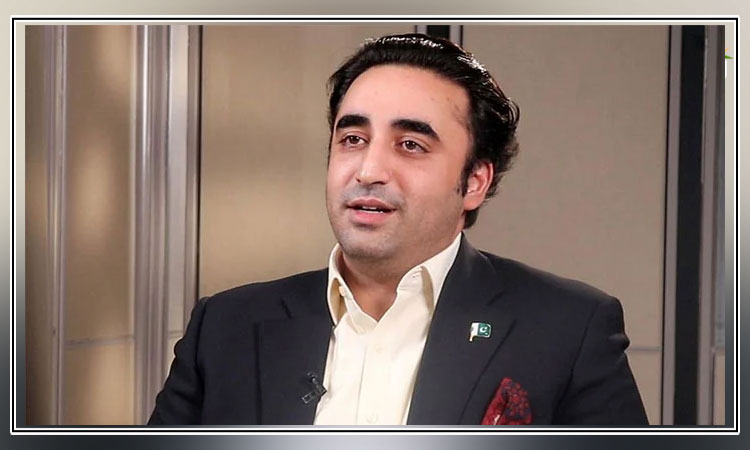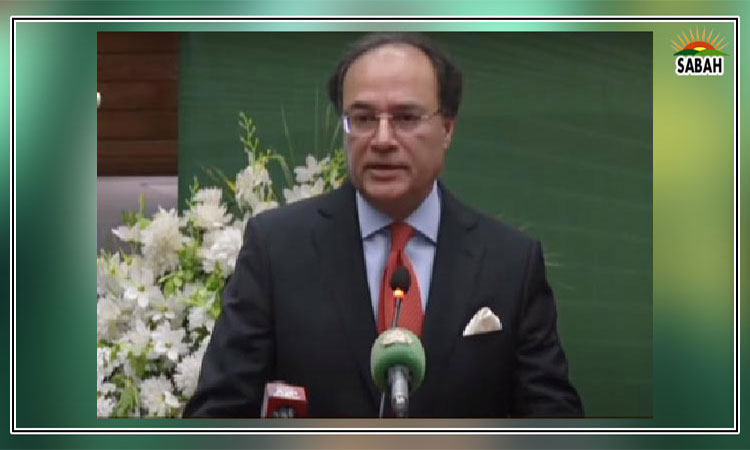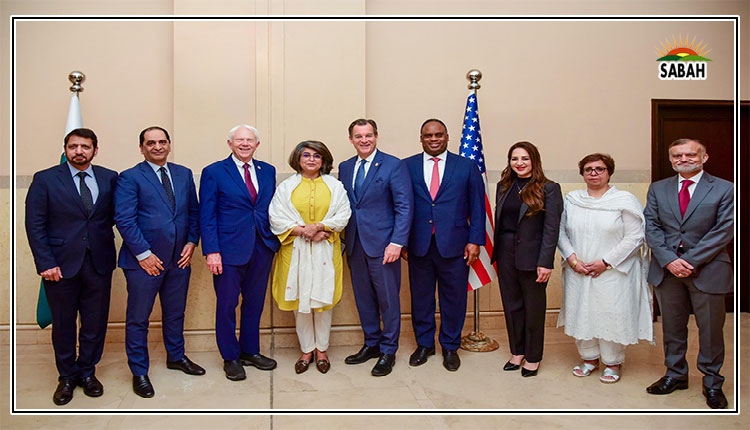Trump’s trade war…Yousuf Nazar
In a move that has sent shockwaves through the globe, President Trumps administration has launched a sweeping new wave of reciprocal tariffs a policy shift announced on Liberation Day that promises to overturn decades of free trade.
In his April 2 speech, Trump declared that the US would impose tariffs roughly equal to half of what its trading partners charge on American exports. For instance, if a country levies a 40 per cent tariff on American goods, the US would retaliate with an approximate 20 per cent duty. However, as some recent analyses and a detailed Union Bank of Switzerland (UBS) report reveal, these tariffs are not strictly reciprocal.
The administrations approach is far more nuanced, incorporating adjustments for non-tariff barriers, currency manipulation and trade imbalances. Although the precise formula remains undisclosed, these extra factors mean that, for some nations, the resulting duty could be significantly higher or lower than a simple halving rule would suggest. Nouriel Roubini recently tweeted, Trumps tariffs are a recipe for disaster. Theyre arbitrary, punitive, and destined to stifle innovation while sending inflation through the roof.
Trumps sweeping and reckless tariff moves are likely to have a chilling effect on economic growth, industrial production, and demand for key commodities such as oil. In the two days following his speech, US stock markets plunged. The S&P 500 dropped approximately 10.5 per cent, wiping out around $5 trillion in market value. The Dow Jones Industrial Average declined by 9.3 per cent, while the tech-heavy Nasdaq fell 11.4 per cent, as widespread selling fuelled fears and uncertainty.
European markets were similarly rattled, with major indices like the FTSE 100 and Stoxx Europe 600 recording sharp losses. In Asia, Tokyos Nikkei index slid 5.4 per cent. According to a report by UBS, heightened market volatility is expected to continue as investors assess the potential for further retaliatory actions. With bond yields falling and safe-haven currencies like the yen strengthening, financial markets appear poised for an extended period of economic disruption.
Beijing was among the first to denounce the tariffs, calling them unjustifiable and vowing strong countermeasures. The new 34 per cent reciprocal tariff on Chinese goods pushes the total duty burden to over 50 per cent when combined with previous measures. On April 4, China announced it would impose its own 34 per cent tariffs on all US imports starting April 10, marking a tit-for-tat escalation that threatens to disrupt global supply chains, fuel inflation, and hinder economic growth.
Meanwhile, the European Union has responded with both resolve and caution. European Commission President Ursula von der Leyen warned that Trumps tariff strategy is a major blow to the world economy and that its consequences will be dire for millions. The EU is finalising an emergency package of countermeasures, potentially worth up to 26 billion euros, to safeguard its industries.
French Industry Minister Marc Ferracci stressed that Europe prefers dialogue to confrontation: Europe has always been on the side of negotiation and calming things down because trade wars only produce losers. This measured dual approach strong countermeasures combined with efforts to reform internal market barriers reflects the EUs commitment to preserving the rules-based international order.
While the titanic trade disputes between the US, China and the EU dominate headlines, emerging markets are also feeling the pinch. According to Trumps tariff schedule, Pakistan now faces a punitive 29 per cent duty on its exports to the US its largest export market, accounting for roughly 17 per cent of total exports.
Pakistani textile exporters are already struggling with soaring production costs, which may depress export volumes. Some industry experts argue that Pakistan could benefit relatively, as competitors in countries like India, China, Vietnam and Bangladesh may face even steeper tariffs on similar textile products. However, tariffs are not the sole determinant of competitive advantage, as these countries have demonstrated stronger productivity growth and a greater focus on value-added products. Furthermore, Pakistans chances of getting preferential treatment from the Trump administration appear to be slim given Pakistans weak bargaining position and the current protectionist mood in Washington.
The cascading effects of these tariffs extend well beyond simple trade imbalances. Economists such as Paul Krugman and Dani Rodrik have long warned that even a reciprocal tariff system disrupts established supply chains and drives up consumer prices. According to the UBS report, the effective US tariff rate has already risen from 2.5 per cent to nearly 9.0 per cent, the highest since World War II. Should further sector-specific tariffs be imposed, estimates suggest the effective rate could increase by an additional 15 percentage points to between 20 per cent and 25 per cent. Such a steep rise could impose an extra cost of at least $3,400 on the average US household, potentially ushering in a period of stagflation.
Domestically, while Trumps supporters may applaud these tariffs as a bold stand for American industry, many US consumers are bracing for higher prices. Critics argue that unilateral actions undermine US credibility on the global stage, fracturing long-held alliances and eroding leadership in international trade. With major partners like China and the EU mobilising robust countermeasures, the unilateral approach risks dismantling decades of trade liberalisation that have underpinned global prosperity.
Trumps new tariff measures anchored by a complex, partially undisclosed formula that adjusts for non-tariff barriers and economic distortions represent a profound retreat from the global trading system. By setting tariffs at roughly half the rate imposed by trading partners, yet further adjusting these rates based on broader economic grievances, the administration has set the stage for an escalating trade war.
With the S&P 500, Dow, Nasdaq and global indexes sinking, and with major economies like China and the EU preparing formidable countermeasures, the world now stands on the brink of a full-blown trade conflict. In an era of deep economic interdependence, the costs of such protectionism may yield short-term political gains but are poised to inflict long-term damage on global stability and shared prosperity a stark reminder that political posturing in trade policy can unleash market chaos and imperil our interconnected future.
Courtesy The News












